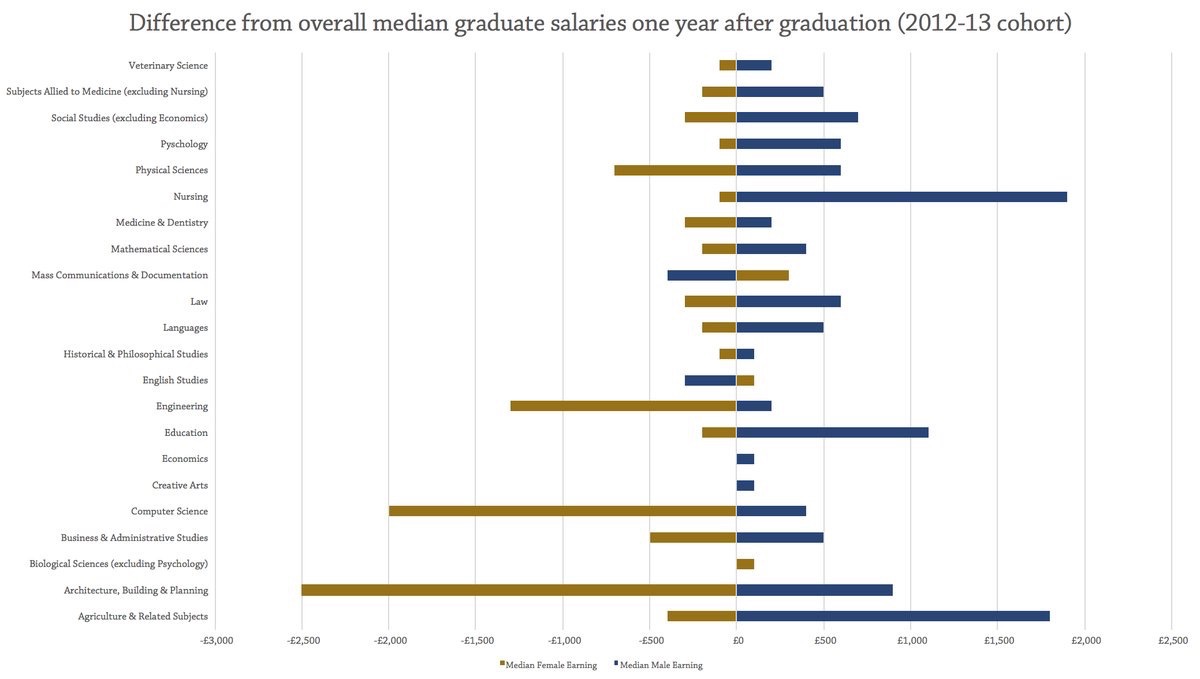 Over the past few years, part of my work has been involved in the design and development of Labour Market Information Systems. But just as with any facet of using new technologies, there is a socio-technical background to the emergence and use of new systems.
Over the past few years, part of my work has been involved in the design and development of Labour Market Information Systems. But just as with any facet of using new technologies, there is a socio-technical background to the emergence and use of new systems.
Most countries today have a more or less elaborated Labour Market Information system. In general, we can trace three phases in the development of these systems (Markowitch, 2017). Until the 1990s, Labour Market Information systems, and their attendant classification systems, mainly provided statistics for macroeconomic analysis, policy and planning. Between the 1990s and 2005 they were extended to provide data around the structuring and functioning of the Labour markets.
Mangozho (2003) attributes the change as a move from an industrial society to a post-industrial society (and the move to transition economies in Eastern Europe). Such a definition may be contentious, but he usefully charts changes in Labor market structures which give rise to different information needs. “While previously, the economic situation (especially the job structure) was relatively stable, in the latter phase the need for LMI increases because the demand for skills and qualifications changes fundamentally; the demand for skills / qualifications changes constantly, and because of these changes, Vocational Education and Training (VET) system has to be managed more flexibly (ETF, 1998)’.
He says: “In the industrial/pre-transition periods:
- The relationship between the education and training system and the Labor market was more direct.
- Occupational structures changed very slowly and as such, the professional knowledge and skills could easily be transferred.
- Planning, even for short-term courses, could be done well in advance, and there was no need to make any projections about the future demands of occupations
- The types of subjects and the vocational content required for specific jobs were easily identifiable.
- There was little need for flexibility or to design tailor-made courses.
- The education system concentrated on abstract and theoretical knowledge as opposed to practical knowledge.
- Steady economic growth made it possible for enterprises to invest in on the job training.
- There was less necessity to assess the relevance and adequacy of the VET system because it was deemed as adequate.
- A shortage of skills could easily be translated into an increase of the number of related training institutions or student enrolments without necessarily considering the cost effectiveness of such measures. (Sparreboom, T, 1999).
- Immediate employment was generally available for those who graduated from the education and training systems.”
Changes in the structure and functioning of Labour markets and the VET systems led to a greater need for comprehensive LMI to aid in the process of interpreting these structural shifts and designing effective HRD policies and programs, which provide for more linkages between the education and training systems and the Labor market.
At the same time, the reduction in the role of the state as a major employment provider and the development of market economies gave impetus to the need for a different approach to manpower planning, where the results of Labor market analysis as well as market based signals of supply and demand for skills are made available to the various economic agents responsible for the formulation and implementation of manpower and employment policies and programmes.
This led to the establishment of formal institutions to co-ordinate the generation of LMI, for instance internet based Labour Market Information Systems and the setting up of Labour Market Observatories and the development of more tangible LMI products, which provide a broad up, dated knowledge of the developments on the Labour market for different users.
Since 2005, Labour Market Information systems have been once more extended to incorporate both matching of jobs to job seekers and matching of supply and demand within Labour markets, particularly related to skills.




 Writing in
Writing in 
